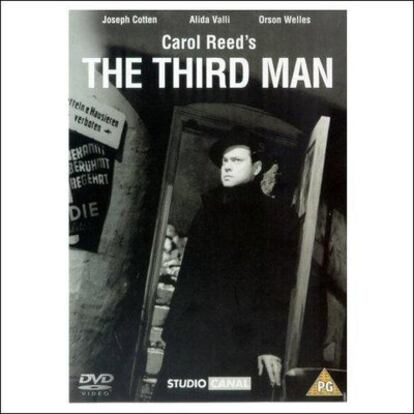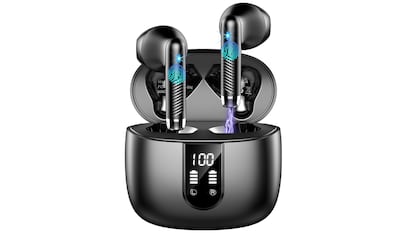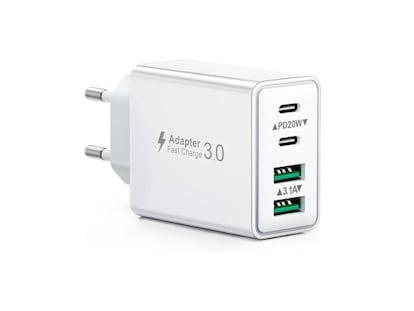A journey across the quantum-classical border
But the trap has been set: behind the otherwise unimposing door number 37, a surprised visitor will find a modern laboratory environment that stands in amazing contrast to the gloomy atmosphere of the cellar. This is the site for the world's currently most powerful matter-wave interferometer. With this device, a team of physicists, led by Markus Arndt, is investigating the wave-particle duality of objects of increasing complexity and mass to tackle the question: How our everyday world can appear "normal" while the behaviour of its constituent parts is anything but normal? In the quantum regime, objects may be found in a superposition of not only multiple but also mutually exclusive states. Properties such as position and momentum cannot be measured independently with arbitrary precision: generally speaking, the properties of an object are not independent of observations and the design of the experiment.
On the other hand, our everyday experience tells us that a given object at a given moment occupies only one, well-defined, location and that different properties of the object can be measured independently of one another and are unaffected by the observer. It is the striking conflict between this "normal" or "classical" behaviour, as physicists call it, and the often counterintuitive nature of quantum phenomena that has fascinated and unsettled many people since the introduction of quantum mechanics.
Matter-wave interferometry now allows us to explore the quantum-classical border and to verify the wave behaviour of objects of increasing mass, size, and complexity. In a metal tank that is immersed in surreal green laser light during the experiment, the physicists let molecules propagate through a set of three consecutive gratings. The bars of the gratings are ten-millionth of a metre apart and have to be manufactured with a precision a thousand times greater?precision that corresponds approximately to the size of a single hydrogen atom! Only when all gratings are perfectly adjusted, a characteristic interference pattern arises as a consequence of the superposition of the matter waves. The pattern depends on the mass and momentum of the molecules as well as, indirectly, on the molecules' structure.
The fragile quantum phenomena, however, match the dim atmosphere of the cellar perfectly, appearing only when they feel they are unobserved. Even a distant passing by of a residual gas molecule is enough for the quantum phenomena to feel threatened: it leads to information being transferred to the environment and, in turn, to breakdown of the interference contrast. Therefore, high-vacuum-pumps, which spin nearly a thousand times per second, operate round the clock to keep the pressure in the tank at one trillionth of the normal air pressure. Likewise, interaction with the surface of the grating bars can destroy the interference. For this reason, the physicists employ a grating made of light in their latest set-up.
The matter-wave interferometer is extremely sensitive to external forces and vibrations and was therefore mounted on an air cushion that lifts the whole apparatus, which weighs more than a tonne, off the laboratory floor during the experiments. This extreme sensitivity may also be exploited to obtain valuable information on molecular properties that is otherwise difficult to acquire for particles in free flight. For example, the shape and the structure of a molecule influence the way it interacts with the light grating, which in turn changes the interference behaviour.
The current experiment is suited for particles with a mass of up to 10 000 hydrogen atoms. However, the next generation of interferometers is already in its final planning stage and may yield a significant gain over the current design, pushing the limit on the mass to that of one million hydrogen atoms?the mass of small viruses.

Tu suscripción se está usando en otro dispositivo
¿Quieres añadir otro usuario a tu suscripción?
Si continúas leyendo en este dispositivo, no se podrá leer en el otro.
FlechaTu suscripción se está usando en otro dispositivo y solo puedes acceder a EL PAÍS desde un dispositivo a la vez.
Si quieres compartir tu cuenta, cambia tu suscripción a la modalidad Premium, así podrás añadir otro usuario. Cada uno accederá con su propia cuenta de email, lo que os permitirá personalizar vuestra experiencia en EL PAÍS.
¿Tienes una suscripción de empresa? Accede aquí para contratar más cuentas.
En el caso de no saber quién está usando tu cuenta, te recomendamos cambiar tu contraseña aquí.
Si decides continuar compartiendo tu cuenta, este mensaje se mostrará en tu dispositivo y en el de la otra persona que está usando tu cuenta de forma indefinida, afectando a tu experiencia de lectura. Puedes consultar aquí los términos y condiciones de la suscripción digital.
Archivado En
Últimas noticias
El alcalde de Sevilla desbloquea el Plan de seguridad para Navidad gracias a Vox
Los agricultores mexicanos llegan a un acuerdo de última hora con el Gobierno para evitar nuevos bloqueos en fechas navideñas
Sorteo de la Champions femenina: el Madrid jugará el playoff con el Paris FC; el Atlético, con el Manchester United; y el Barça aguarda en cuartos un posible clásico
El Supremo da un mes al Gobierno apara acoger a los menores no acompañados solicitantes de asilo en Madrid
Lo más visto
- La población de pumas de la Patagonia se dispara gracias a una presa inesperada: los pingüinos
- El Supremo ordena al ex fiscal general el pago de la multa y la indemnización a la pareja de Ayuso que le impuso al condenarle
- Carlos Alcaraz y Ferrero rompen tras siete años: “Llegan tiempos de cambio para los dos”
- Sánchez, contra la Comisión Europea: “Es un error histórico” el paso atrás con los coches de combustión
- Los hijos de Isak Andic negocian un acuerdo para pagar 27 millones a la pareja del empresario y cerrar el conflicto por el legado




























































